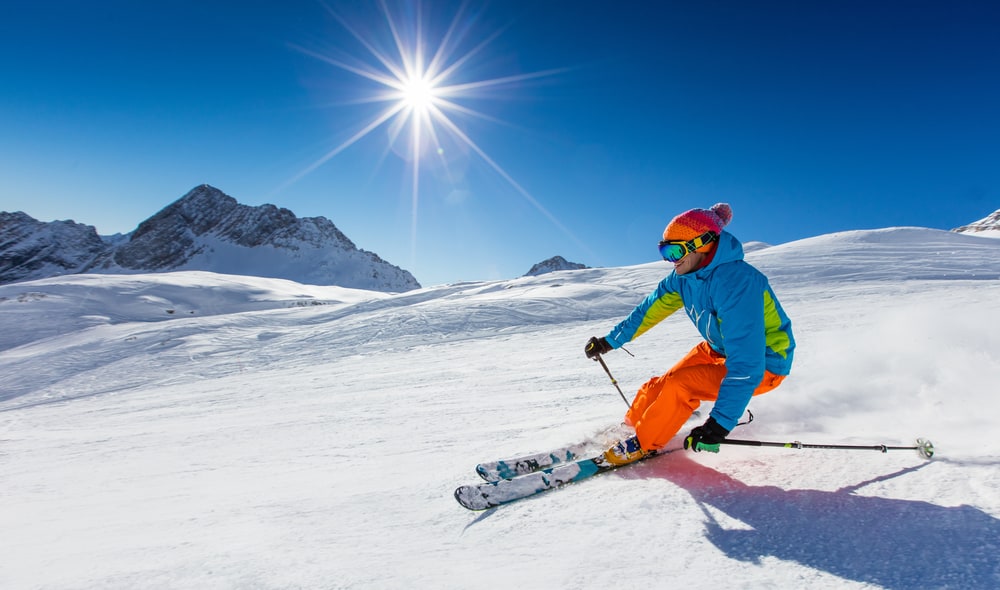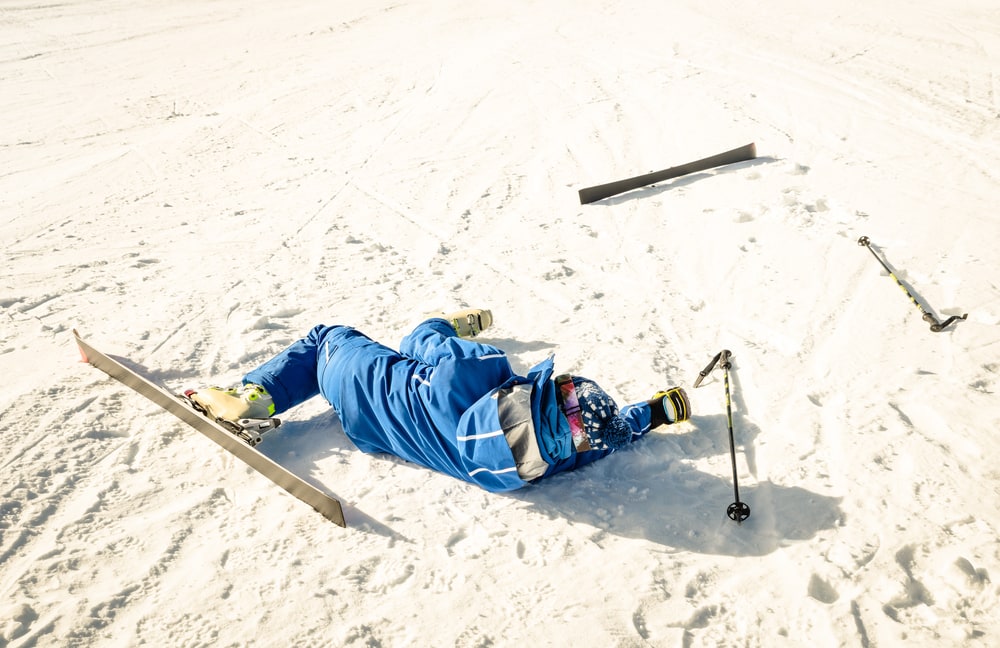
Ask any of the millions of Americans with a passion for skiing or snowboarding, and they’ll instantly cite February as the very best time to hit the slopes. Despite the ongoing COVID-19 pandemic, most ski resorts are open to the public. Also, this means they’re ready for icy-sport-loving adrenaline junkies to start generating serious downhill speed. With any luck, they’ll navigate the whole process with caution, care and deliberation.
However, we all know that’s very unlikely.
At Central Orthopedic Group, a huge percentage of our Long Island patients are skiing and snowboarding enthusiasts. Like most high-speed sports, they’re fun, but incredibly risky. In this post, we’ll discuss the risks associated with skiing and snowboarding. In addition, we’ll provide some rudimentary safety guidelines to follow on the slopes and throughout the winter. By applying these, you can avoid a serious injury and lots of pain!
Skiing & Snowboarding Risks
Of course, we all know that skiing and snowboarding can be dangerous. In fact, approximately 600,000 skiers/snowboarders sustain injuries annually. Depending on the injury or impact, recovery can often be a laborious and tedious process.
Interestingly, recent studies show that snowboarding presents more inherent safety risks than skiing. Additionally, snowboarders who sustain injuries are usually much younger in age with less experience. Among snowboarders, injuries within the wrist, shoulder and ankle are most common. Generally, skiers damage their knee ligaments most often.
Common Causes of Skiing & Snowboarding Injury
Usually, these injuries come from high-speed motion on dangerous terrain, lift accidents and severe impacts/collisions. Also, an athlete’s general exhaustion after a long day of racing downhill, or poor judgement while moving, often leads to injuries at the resort.
The most frequent injury triggers are:
- Not enough rest or breaks during the day
- Skiing or snowboarding above ability level
- Faulty or inadequate equipment
- Dehydration and/or fatigue
- Skiing or snowboarding off the groomed trail or in a closed area
- Failure to observe warning signs

The Most Common Injuries
The most common ski and snowboard injuries include:
ACL (anterior cruciate ligament) rupture or tear. Many orthopedic experts report that this injury has tripled in frequency within the last two decades. One study examining female ski racers found that their injury rate was six times that of male ski racers.
Spinal injuries. These can range from a strain to a rare and perhaps fatal injury. Most spine injuries affect the cervical (neck) spine, then the thoracic (mid-back) and lumbar (lower back). Skiers are much more likely to sustain a cervical injury, while snowboarders are more susceptible to lumbar injuries.
Head injuries. Studies show that snowboarders have a 50% higher rate of head and neck injury compared to skiers. This could be in part because snowboarders are less likely to wear a helmet. 22% of head injuries are severe enough to cause a loss of consciousness or clinical signs of concussion.
Wrist, hand, or thumb injuries. Among skiers, the most common upper extremity injury is a thumb ligament tear which occurs when the ski pole does not release from the hand during a fall. For snowboarders, the most common is a wrist or forearm fracture due to a natural instinct to fall on outstretched hands.
How to Avoid Injury
Parental oversight. Parents should help their children avoid terrain that is beyond their ability and invest in professional instruction. Be sure kids take frequent rest breaks with hydration. Advise children about the danger of going too fast and the risks of skiing/snowboarding anywhere but the designated area.
Proper instruction and equipment. Instruction prior to getting on the slopes is essential in avoiding injury. Instructors can instruct novices on an effective warm-up and cool-down, equipment, and safe skiing measures. These same principles hold true for snowboarders. They can also determine at what point it is appropriate for beginners to progress to more advanced levels of terrain. Safe equipment is also critical to being safe. Poorly functioning or improperly adjusted equipment is a frequent cause of injuries. Bindings that are too loose or too tight, as well as equipment that is improperly sized or used on improper terrain, can cause injury.
Equipment checks. Your bindings should be no more than 3 to 4 years old and the release mechanism should be tested each year by a certified shop. Test with a self-release each day of skiing and make sure your bindings are clean. Regarding boots, check that the toe and heel of your boots have little wear which will allow proper release from the binding.
Shorter skis are easier to turn and control but may be less stable at high speeds. Regardless, keep your ski edges in good condition to allow for proper turning and controlling your speed, especially on icy conditions. Do not place your hands through the strap of a ski pole, rather, hold it alongside the pole.
Conclusion – Central Orthopedic Group
Of course, we want you to remain safe and healthy throughout the winter. However, in the event that a mishap occurs on the slopes, we’ll be here for you. Our staff of certified sports medicine specialists will happily treat you to ensure a smooth, swift and complete recovery.
